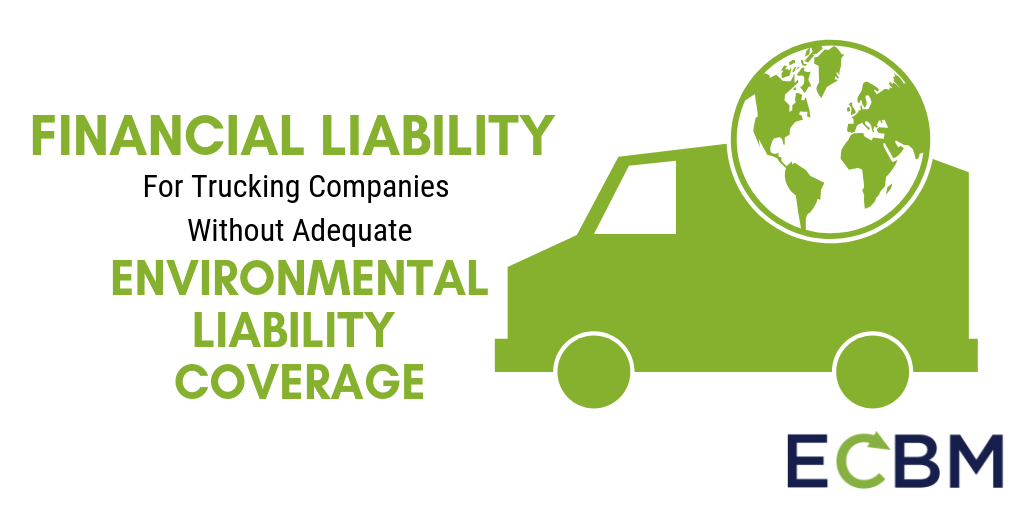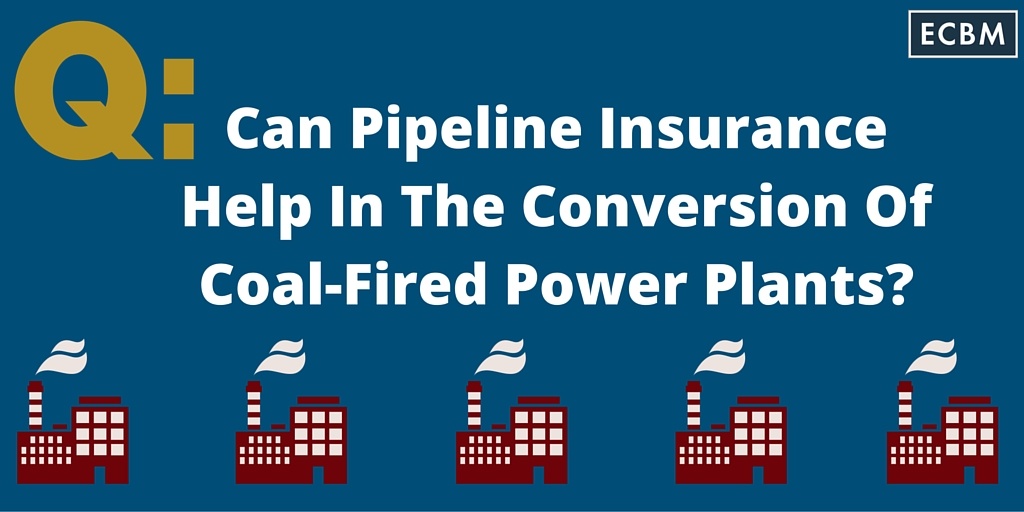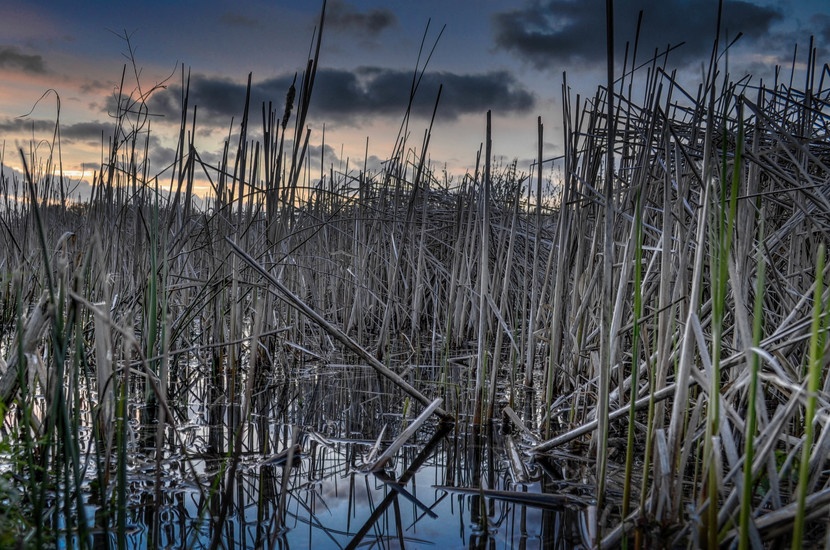Why CA 99 48 And MCS-90 Are The Dynamic Duo Trucking Companies Need
Pollution liability can be a major problem for trucking companies. Typical business automobile liability insurance policies exclude coverage for losses caused by the release of pollutants. ... READ MORE
Posted by ecbmadmin
The Importance of Adequate Environmental Liability Coverage
Pollution liability for trucking companies can get very complicated. Determining what you may be covered for and what you may not be can cause major headaches while costing your company ... READ MORE
Posted by ecbmadmin
Will Your Policy Cover Risks From Indemnification Clauses?
Indemnification clauses in commercial contracts can present a number of potential issues. When the parties to the contract do not properly think through or write out indemnification ... READ MORE
Posted by ecbmadmin
What Highly Targeted Industries Should Know About Their Cyber Coverage
Cyber attacks and hacking is the newest foe businesses must deal with. The World Wide Web and the rise of the Internet of Things has created a portal that allows hackers right into your ... READ MORE
Posted by ecbmadmin
The MCS-90 Endorsement (Explained In Less Than 5 Minutes)
Almost all personal and business automobile insurance policies exclude coverage for losses caused by pollutants. There is an exception in the case of materials necessary for the function of ... READ MORE
Posted by ecbmadmin
Can Pipeline Insurance Help Convert Coal-Fired Power Plants?
There are approximately 557 coal fired power plants in the US. In Pennsylvania alone there are 40. Throughout the years, coal was the “go to” fuel source for about 44% of the electric power ... READ MORE
Posted by ecbmadmin
EPA’s New Rule Could Seriously Affect The Trucking Industry
In May of 2015, the Environmental Protection Agency (EPA) released a new regulation that would change the definition of the “Waters of the United States.” (H.R.1732) The EPA asserts that ... READ MORE
Posted by ecbmadmin
Don’t Buy That Commercial Drone Until You Read These 5 Facts!
Drones are barely (if even that) legal for use by businesses at this time, but the drone industry is already predicting massive economic impacts. Estimates have put the number of commercial ... READ MORE
Posted by ecbmadmin
Smoothing Pipeline Kinks
Pipelines are the arteries of the natural gas industry. The necessity to move product efficiently is paramount to a profitable industry. Having said that, pipeline debates have begun among ... READ MORE
Posted by ecbmadmin

.png)








